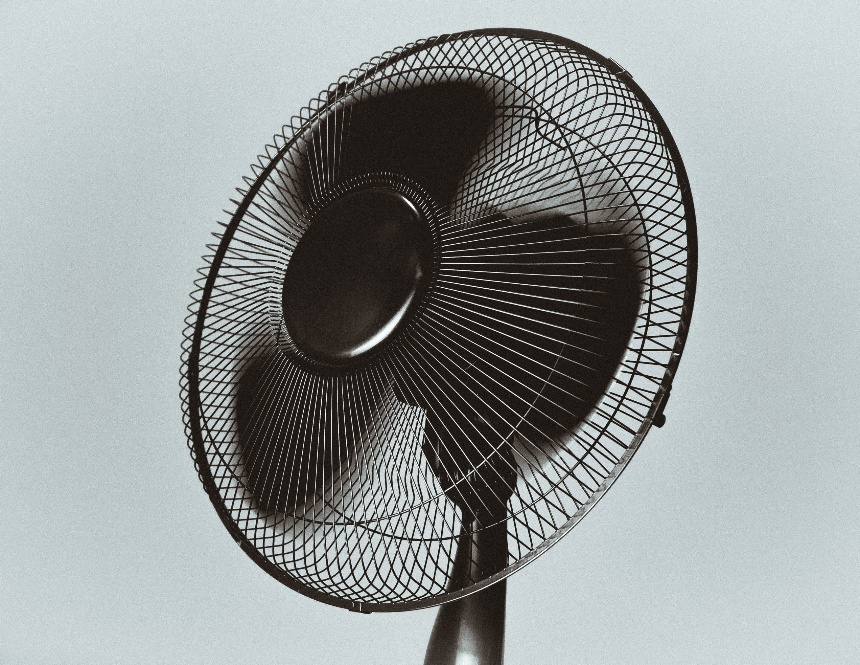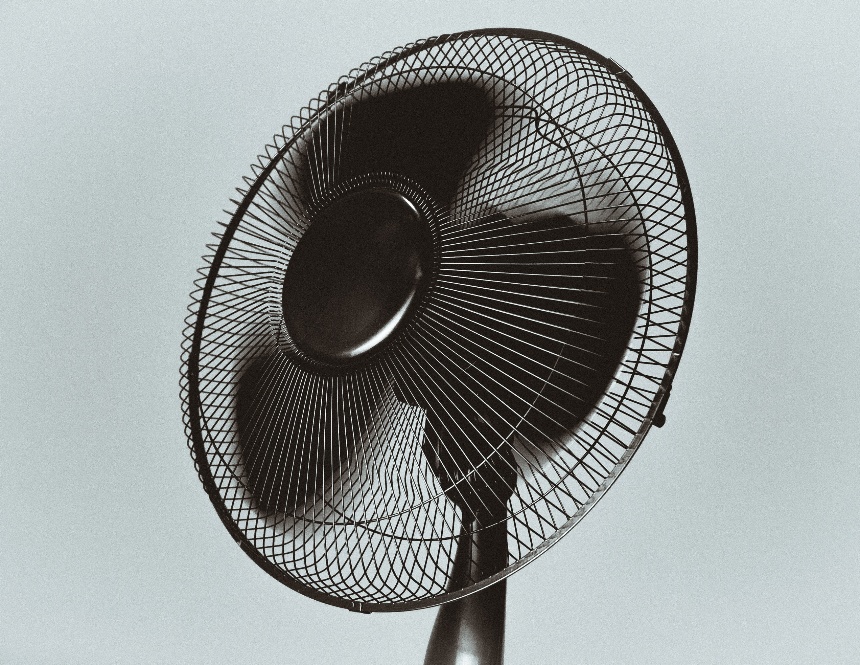Editorial Posted by Siru Heiskanen on April 13, 2017
Good and Bad VOCs – What are They?
Volatile organic compounds – VOCs – are a group of chemicals that evaporate relatively easy into the air at room temperature
Over 900 chemicals belonging to this category have already been recognized, and they are the biggest pollutants of our indoor air.
VOCs are not just pollutants, as some of them occur naturally and are produced e.g. by plants and animals. Some VOCs, however, are anthropogenic: fossil fuels, new furniture, coatings, paints, glues, aerosols, perfumes, cleaning products and technical equipment such as computers, are all a major source for indoor air pollution. The amount of VOCs is concentrated indoors, and can be even a 100 times higher than outside.
VOCs have been connected to multiple diseases, such as asthma, chemical sensitivity, and sick building syndrome. Some of them are toxic and even carcinogenic in high concentrations, such as benzene and formaldehyde. Some, in turn, react with other compounds in the air, forming toxic products.

Recognizing symptoms is the road for avoiding them
There are a multitude of symptoms VOCs can cause either by short or long term exposure: irritation of mucous membranes, skin symptoms, headache, fatigue, nausea, memory loss, even damage to kidneys, liver, and nervous system. Long term exposure can also lead to problems in the immune system.
There are several ways to try to avoid air pollutants:
- Sufficient air ventilation is necessary when handling anything that releases chemicals to the air, for example when painting – the amount of VOCs in the air might rise a 1000 times higher compared to outdoor levels.
- Read the informative labels of products carefully, and follow given instructions. Evaporating chemicals should be contained air-tightly, and be thrown away appropriately.
- Any unnecessary chemicals, such as perfumed products, should be avoided.
However, it is impossible to avoid all VOCs, as they always exist in regular air both outdoors and indoors. Because the amount is often very small, adverse effects are commonly developed after a long exposure, and knowledge about this process is not well known.
Fragrance sensitivity and multiple chemical sensitivity are conditions where the symptoms mentioned above appear even from extremely small concentrations healthy people are not even able to sense.
Chemicals are not necessarily dangerous to health by themselves, but when they exist in the air as mixtures of tens of different sorts, it is much harder to evaluate their possible implications.

